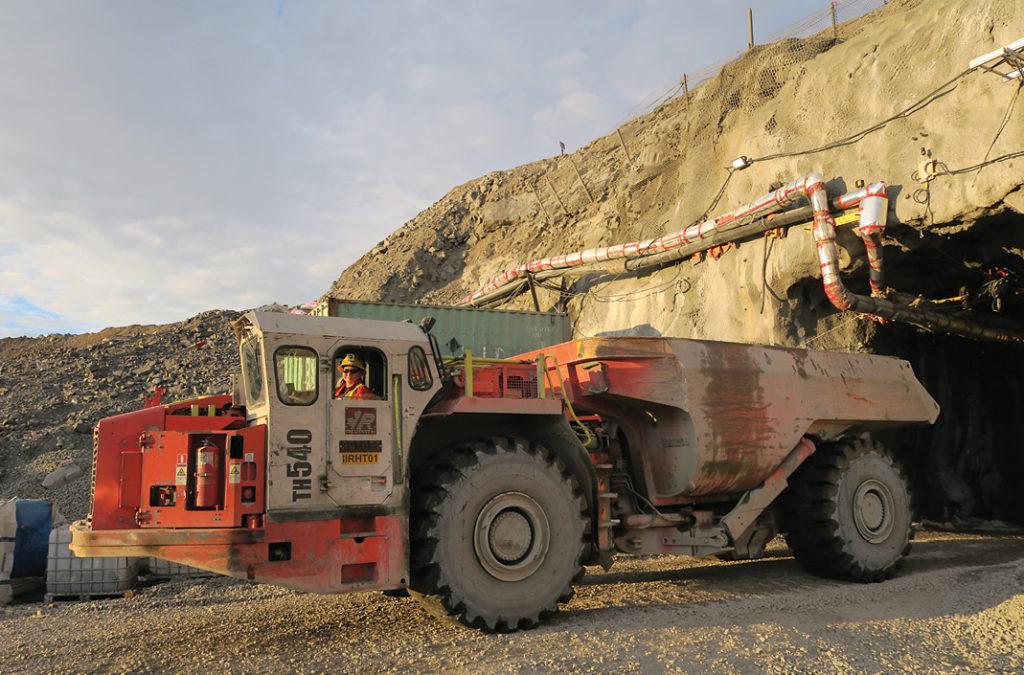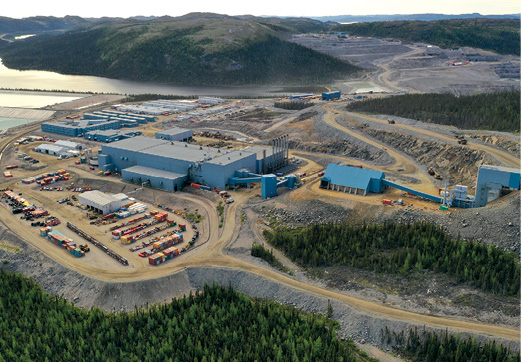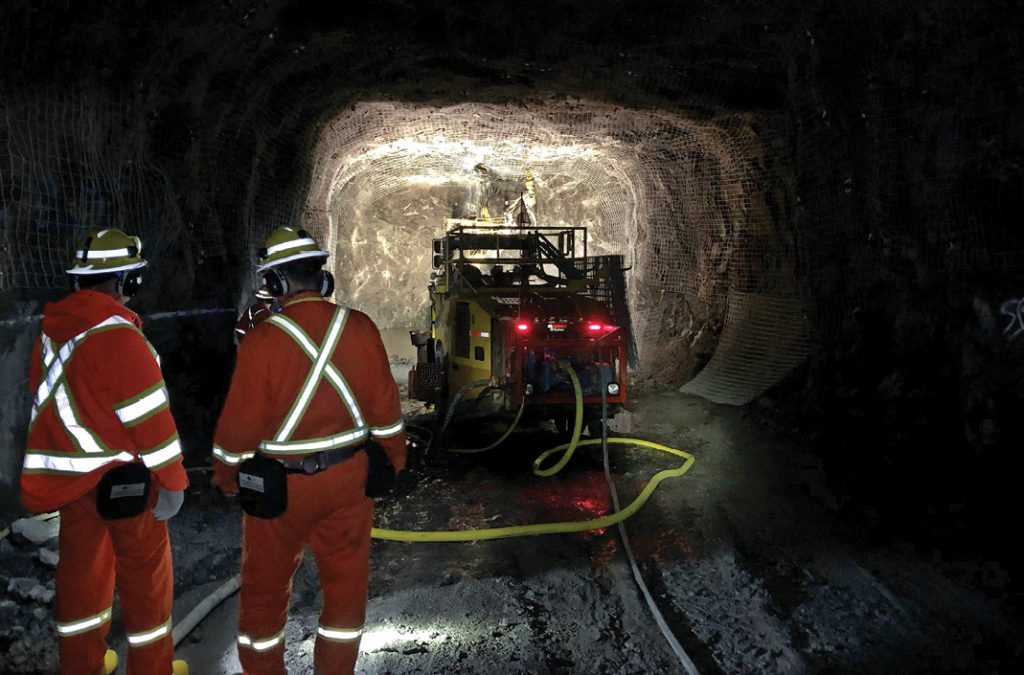August: Vale unlocks the next phase of Voisey’s Bay


A key driver for the $1.7-billion expansion is the burgeoning demand for battery minerals. Vale signed a 2018 stream financing deal worth $690 million for the sale of byproduct cobalt with Wheaton Precious Metals Corp and Cobalt 27 Capital Corp. The transaction, “one of the world’s biggest cobalt stream to date,” according to Reuters, made the large investment possible.
“By unlocking the value of the cobalt byproduct at Voisey’s Bay through this streaming deal, Vale has found a way to resume substantive work on the underground project,” said Eduardo Bartolomeo, Vale’s base metals executive officer, on the announcement of the deal. Reported in 2018, Voisey’s Bay has reserves of 32.4 million tonnes – underground reserves estimated at 23.6 million tonnes – with a nickel grade of 2.13% and a cobalt grade of 0.13%. Open pit mining operations of the Ovoid deposit are scheduled to ramp down through 2021 and 2022.
Ed Moriarity, executive director of provincial industry association Mining NL, is optimistic about the growing demand for battery minerals and its potential for the province. According to Moriarity, the market for critical minerals used in electric vehicles and other green technologies is forecasted to grow by 500%. Newfoundland and Labrador is already a significant producer of copper, cobalt and nickel – with companies like Search Minerals working on the development of rare earth element deposits in Labrador.

“I see substantial opportunity for Newfoundland and Labrador to lead the country in critical minerals development. We have the experience, know-how and resource base to realize long term success,” Moriarity said. “Together, industry and government must make it a priority in partnership with our people and communities.”
Since the discovery of the Voisey’s Bay deposit in 1993, development of the project has depended on co-operation with the local Indigenous population, including benefits agreements that ensured employment for Labrador’s Inuit and Innu communities. The original Impact and Benefits Agreement (IBA) reached with both groups will roll over and continued with the new underground phase of Voisey’s Bay.

The Labrador Aboriginal Training Partnership (LATP), an agreement between Vale and the Labrador Inuit and Innu of Nunatsiavut, Nunatukavut and Innu Nation has been instrumental for recruiting and training Aboriginal workers from the region. Employment numbers from these Aboriginal groups at Voisey’s Bay is touted as being 50% of the overall workforce.
“Vale’s partnership with the Labrador Aboriginal Training Partnership has been a great resource,” says Kristie Cochrane, manager of corporate affairs for Vale’s Newfoundland and Labrador Operations and Projects.
“LATP provides skills development and training-to-employment opportunities that will assist many Indigenous participants in Labrador to have the opportunity to work at the Vale mine site. Participants will gain skills and on-the-job training in various occupations including underground miner, apprentice trades, and mine site support and services,” Cochrane adds.
“Our goal is to implement strategies aimed at preparing Indigenous people for work in the future underground mine and to ensure that we maintain and grow our aboriginal workforce well into the future.”
A key partner for Vale in developing this next phase of Voisey’s Bay has been the engineering and project implementation firm Hatch. A fit-for-purpose digital operations management solution has been a cornerstone of the Hatch strategy for Voisey’s underground phase. This new system allows for efficiencies in data management for both real-time communications and operational decision-making.
“The project is now moving into an exciting stage where underground production has started on Reid Brook,” Cochrane says. “We now have Vale workers developing the mine and they continue to use on their smartphones our DevOMS system (Development Operational Management System) to provide real-time control of the activities underground.”
Part of the original agreement with the Province of Newfoundland and Labrador for the development of Voisey’s Bay was the processing of ore within the province. Aligned with that, Vale’s facility in Long Harbour, Newfoundland is the destination for the Labrador ore. Hatch has also been a partner in creating efficiencies for Vale’s Long Harbour Processing Plant, the destination for Voisey’s Bay nickel.
A 2020 technical paper presented at the Conference of Metallurgists by Hatch representatives highlighted digital transformation at the Long Harbour Plant, including model predictive control (MPC) that incorporates “process data and machine learning-based predictive analytics” to create efficiencies.
“Over the years a solid Integrated Project Team has been created on this project with Vale and SEM-Hatch professionals that have supported the results Vale has achieved to date,” Cochrane says.
Comments